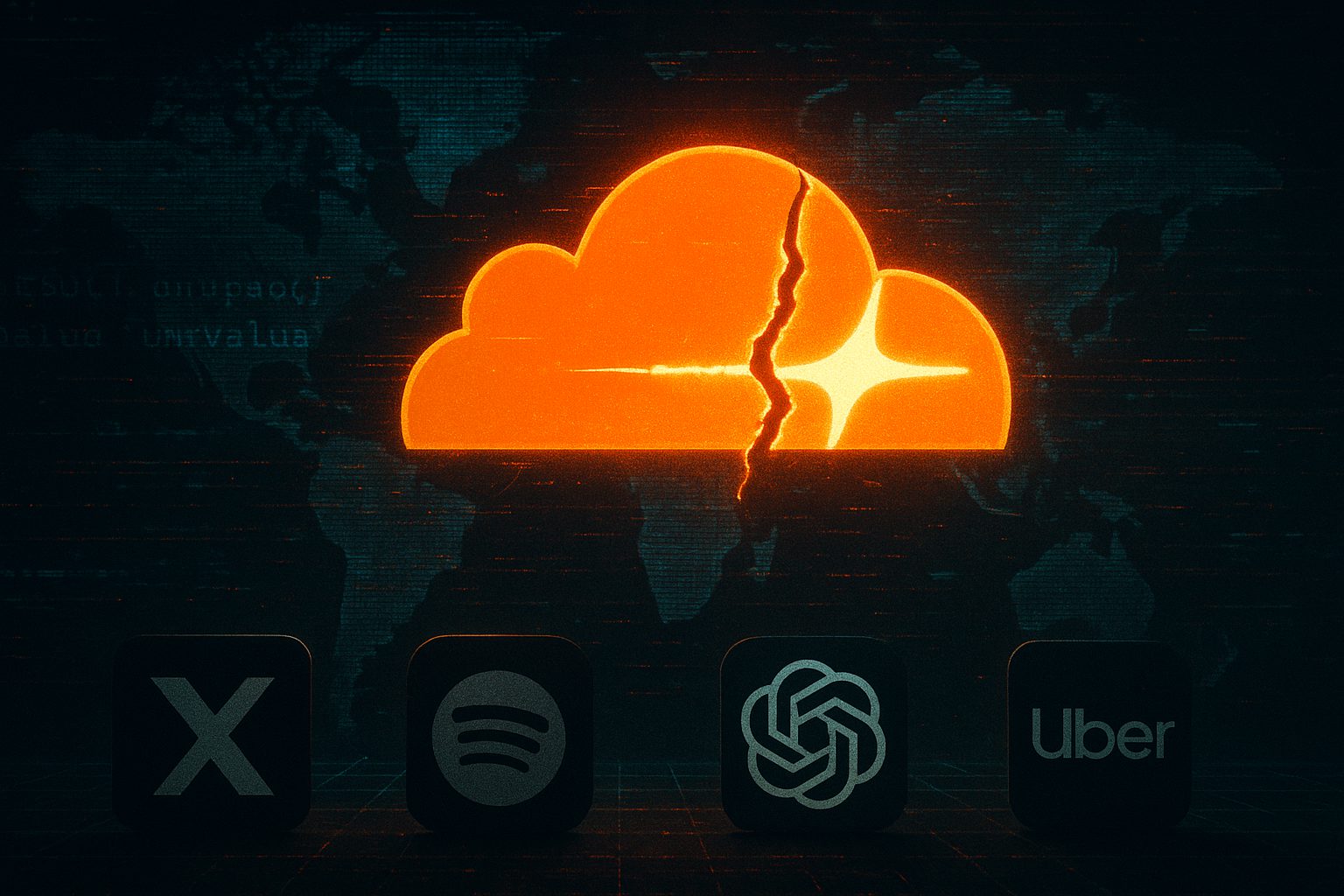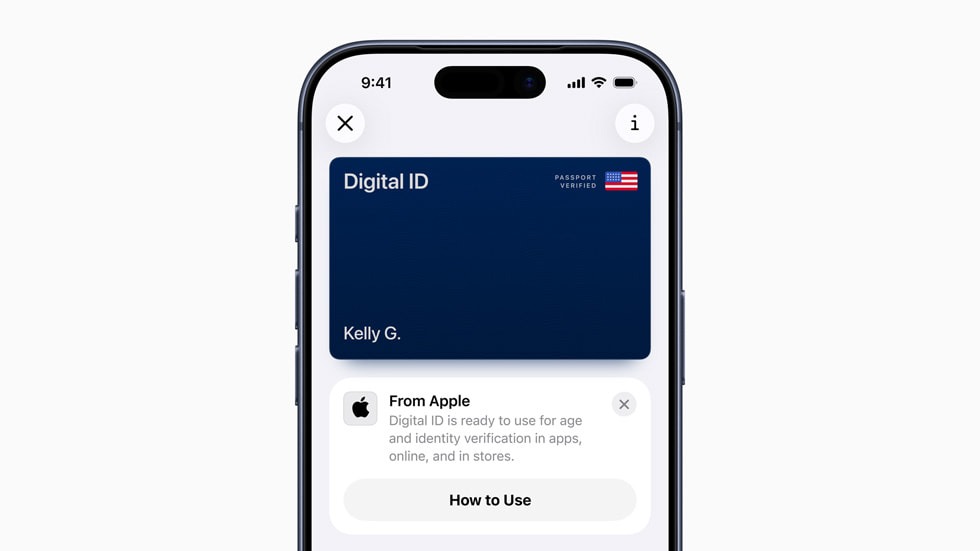Your morning Twitter scroll died mid-swipe. ChatGPT ghosted your questions. Spotify went silent. For three hours on November 18, major chunks of the internet vanished because Cloudflare—the invisible guardian protecting millions of websites—choked on its own data.
The Domino Effect Nobody Saw Coming
A routine bot-fighting update spiraled into Cloudflare’s worst outage since 2019.
The culprit wasn’t hackers or sophisticated attacks. Cloudflare’s Bot Management system, designed to filter out malicious traffic, generated a configuration file bloated with duplicate data. Think of it like a bouncer’s guest list that accidentally printed every name fifty times—except this list was so massive it crashed the entire security system.
When the oversized file hit production servers at 11:20 UTC, it triggered what engineers call a “Rust unwrap() panic”; basically, the code encountered something it never expected and just gave up (essentially a critical system crash from unexpected data size).
Given that nearly 20% of the internet’s infrastructure is dependent on Cloudflare in one way or another, this crash was felt immediately worldwide.
Three Hours of Digital Chaos
HTTP errors cascaded across platforms as authentication systems failed worldwide.
Users saw cryptic “5xx server error” messages instead of their feeds. Login systems broke. Dashboard access vanished. Even Cloudflare’s own status page went dark, initially making engineers suspect a cyberattack.
The failure spread like digital wildfire—if you couldn’t reach X, Uber, or Canva, you were experiencing the same cascade that knocked authentication and protection features offline across continents. Independent monitoring services confirmed the global scope, with platforms affected across multiple continents simultaneously.
The CEO’s Uncomfortable Truth
Matthew Prince publicly owned the failure and promised architectural changes.
“I would like to apologize for the pain we caused the Internet today,” CEO Matthew Prince posted once systems recovered around 17:06 UTC. His team fixed it by replacing the problematic file with an earlier version and restarting core services—a surprisingly analog solution for such a high-tech problem.
Prince admitted this was their worst outage in over six years, promising better validation systems and architectural changes to error reporting to prevent similar meltdowns.
Your Internet’s Single Point of Failure
The incident exposed how much of your digital life depends on a handful of infrastructure providers.
One company’s configuration mistake shouldn’t be able to kill your access to major platforms, yet here we are. Cloudflare‘s ubiquity—protecting and accelerating traffic for millions of sites—means their problems become everyone’s problems instantly.
Until businesses diversify their cloud dependencies, your morning routine remains hostage to someone else’s code quality. Next time your favorite app mysteriously breaks, remember: sometimes the internet’s backbone is more fragile than it appears.





























